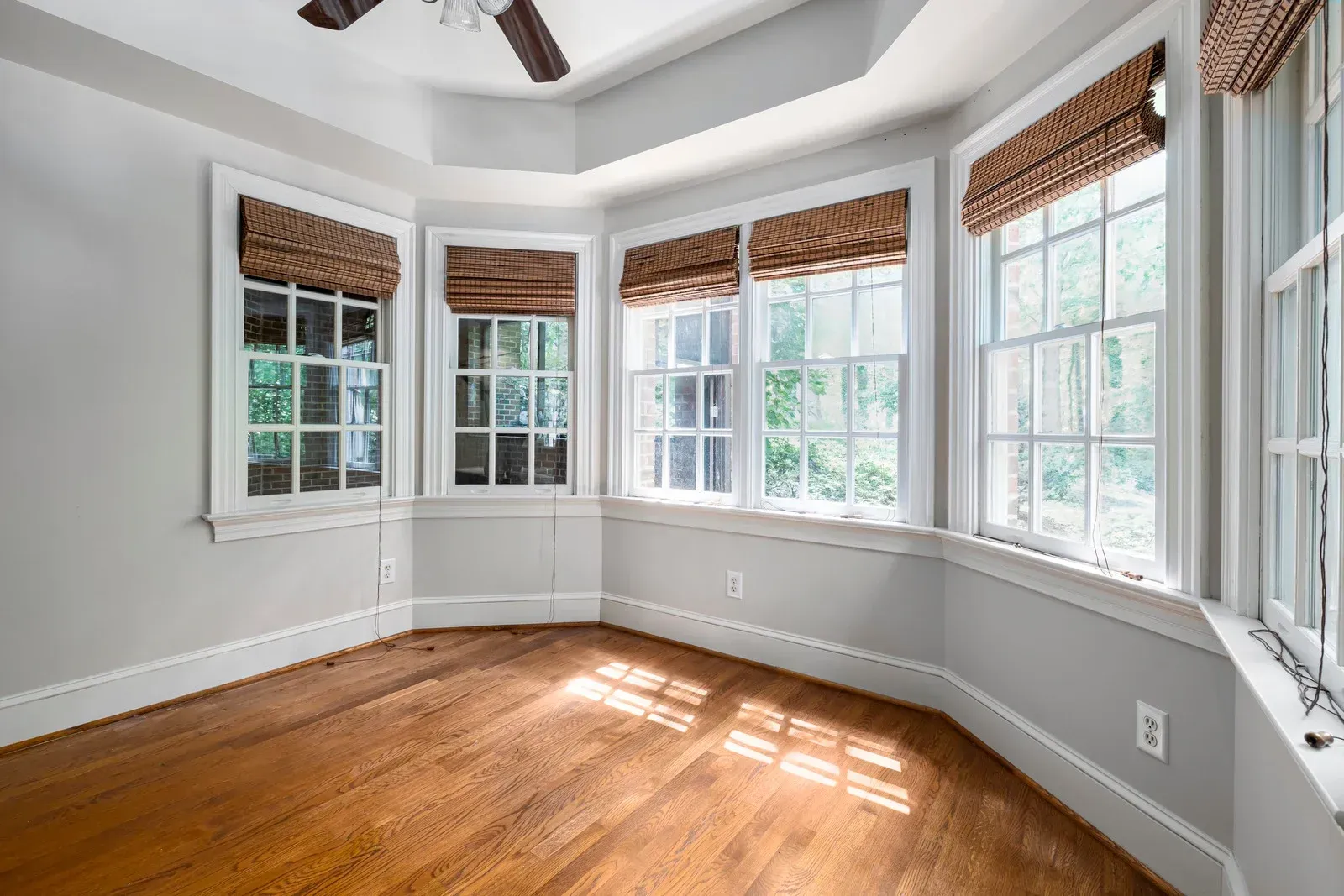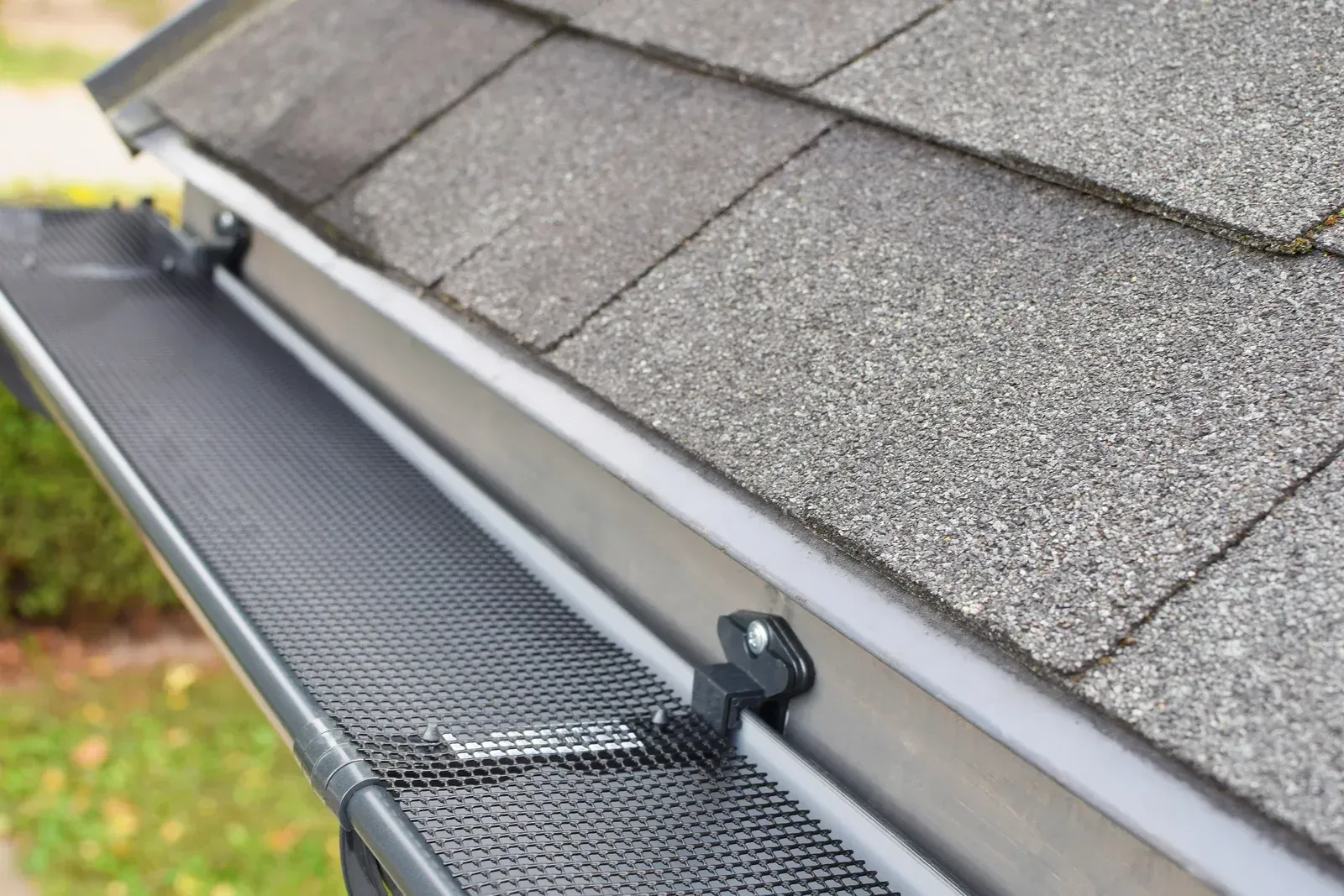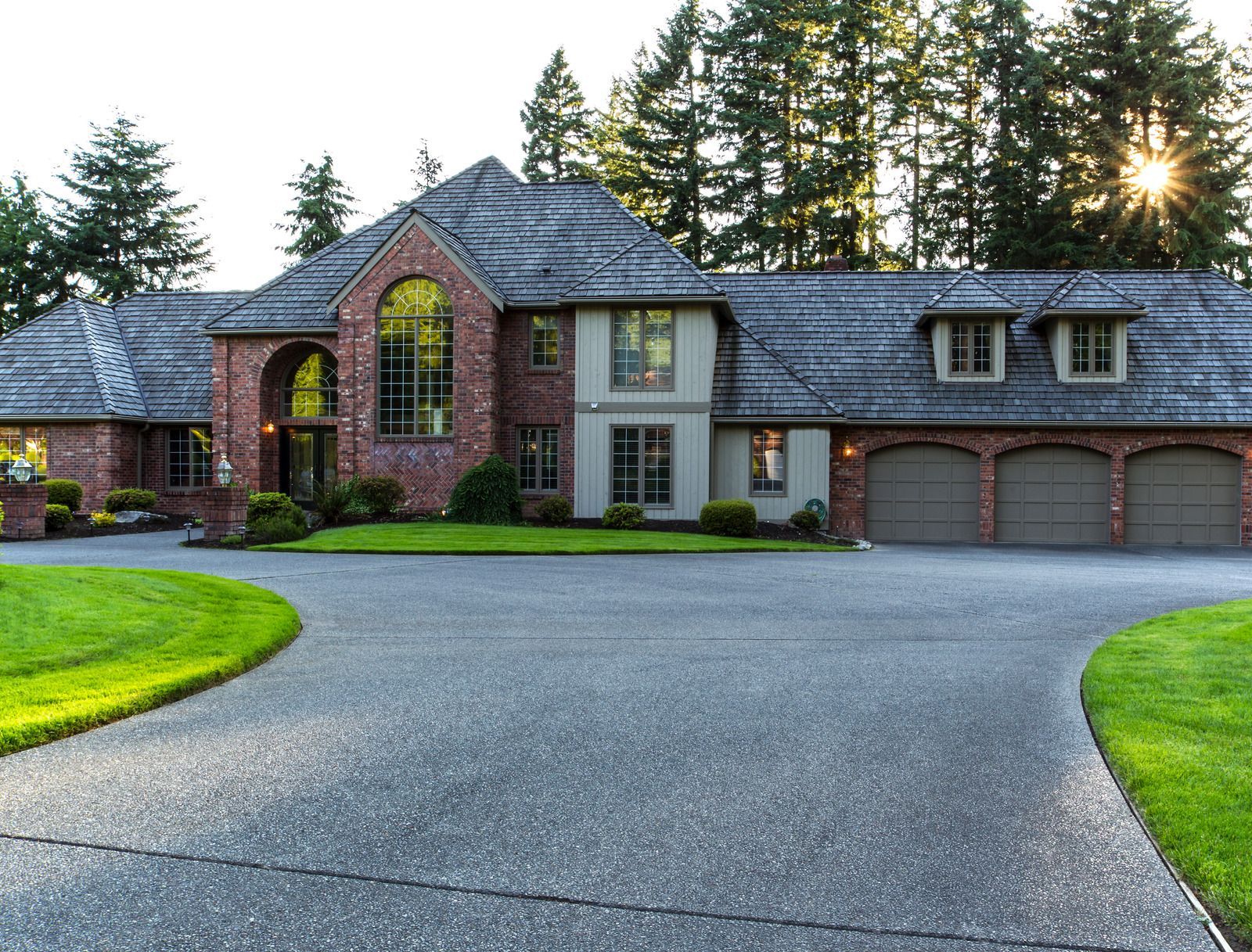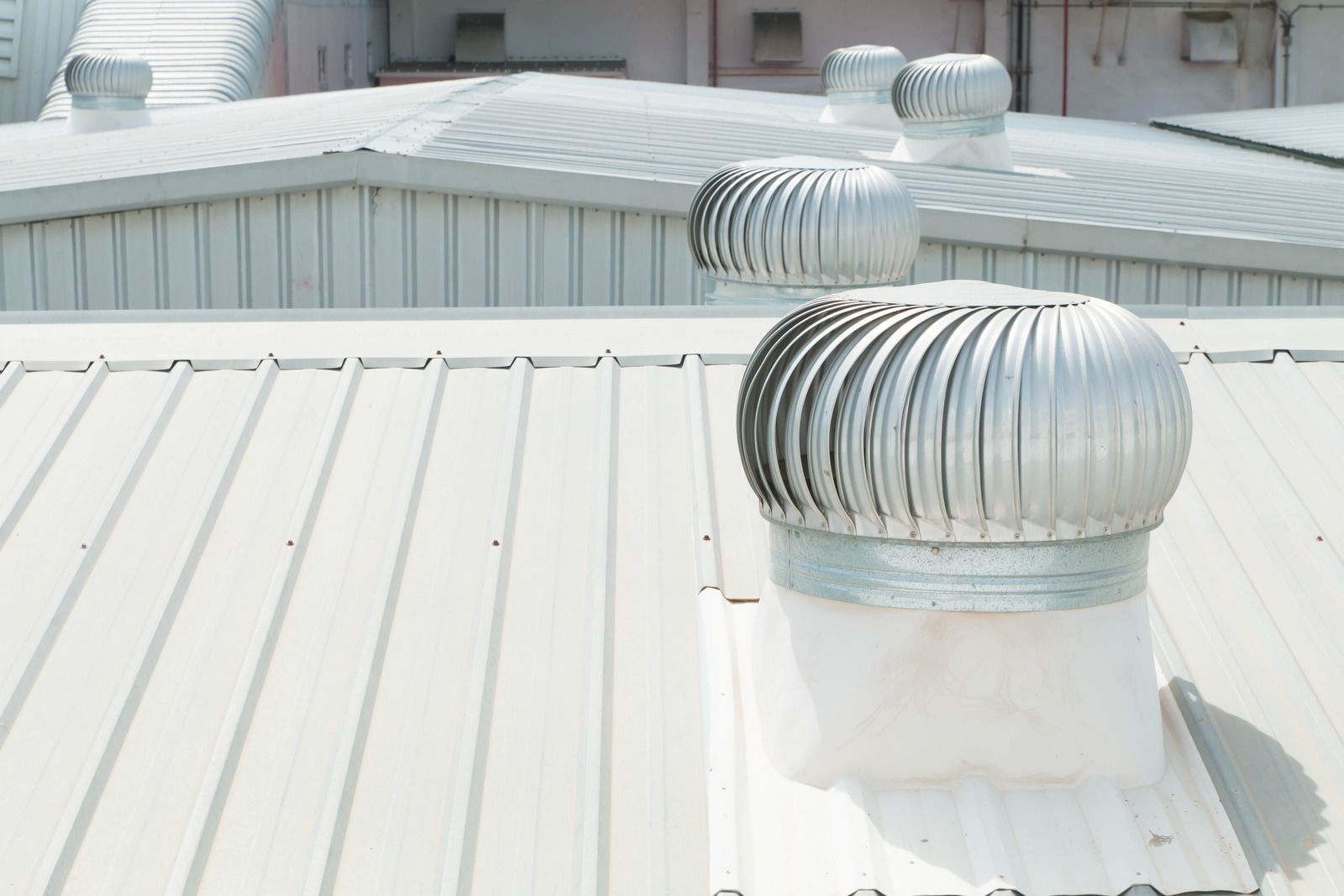Which Roofing Material Offers the Best Long-Term Protection?
When selecting a roofing material, homeowners and businesses must consider factors like durability, weather resistance, cost, and maintenance. The longevity and performance of a roof depend on the material used, making it essential to choose wisely. This blog post examines different roofing materials and their long-term protection capabilities.
Asphalt Shingles
Asphalt shingles are the most common roofing material due to their affordability and ease of installation. They typically last between 20 to 30 years and offer decent protection against weather conditions. Superior architectural shingles are more resilient to wind and impact and offer more durability than three-tab shingles.
Metal Roofing
Metal roofs, including steel, aluminum, and copper options, are known for their longevity, lasting 40 to 70 years or more. Building with cement panel materials becomes an ideal choice for areas that experience severe weather conditions because they offer high resistance to fire and wind along with impact damage. Metal roofing reflects heat, improving energy efficiency and reducing cooling costs. Although the initial cost is higher than asphalt shingles, metal roofs require minimal maintenance and provide long-term value.
Slate Roofing
Slate roofing is considered one of the best long-term roofing materials, often lasting over 100 years. It is naturally resistant to fire, mold, and harsh weather conditions. Its aesthetic appeal adds value to properties, and its durability reduces the need for frequent replacements. The major drawback is the high installation cost and the need for specialized expertise.
Wood Shingles and Shakes
These elements provide a natural and rustic look, commonly made from cedar, redwood, or pine. They last around 30 to 50 years when properly maintained. They offer good insulation and withstand moderate weather conditions. Wood shingles need ongoing care procedures and maintenance practices to reach maximum lifespan, thus becoming a demanding roof option.
Concrete and Clay Tiles
Clay and concrete tiles are among the most durable roofing materials, with lifespans exceeding 50 years. They offer exceptional resistance to fire, rot, and insect damage. Their weight makes them highly resistant to strong winds and extreme weather conditions. To install these roofs, homeowners need additional structural reinforcement in their roofs because they are heavy, while also dealing with significant installation costs.
Synthetic Roofing Materials
Synthetic materials, like rubber, plastic, and polymer-based shingles, are gaining popularity for their durability and eco-friendliness. Many synthetic roofing options mimic the look of slate, wood, or tile while being lighter and more cost-effective. These materials can withstand impact as well as fire and harsh weather yet maintain a lifespan between 40 to 60 years while being both energy-efficient and recyclable.
Green Roofs
Also known as living roofs, they consist of vegetation planted over a waterproof membrane. They offer excellent insulation, reduce urban heat, and improve air quality. With proper maintenance, green roofs can last 40 to 50 years. However, they require significant upkeep and specialized installation, making them less common for residential use.
The
best roofing material for long-term protection depends on factors, including climate, budget, and maintenance preferences. For affordability and moderate durability, architectural asphalt shingles are a practical choice. On the other hand, for low maintenance and long-lasting performance. In the end, selecting the ideal roofing material for your property requires striking a balance between price, longevity, and environmental considerations.

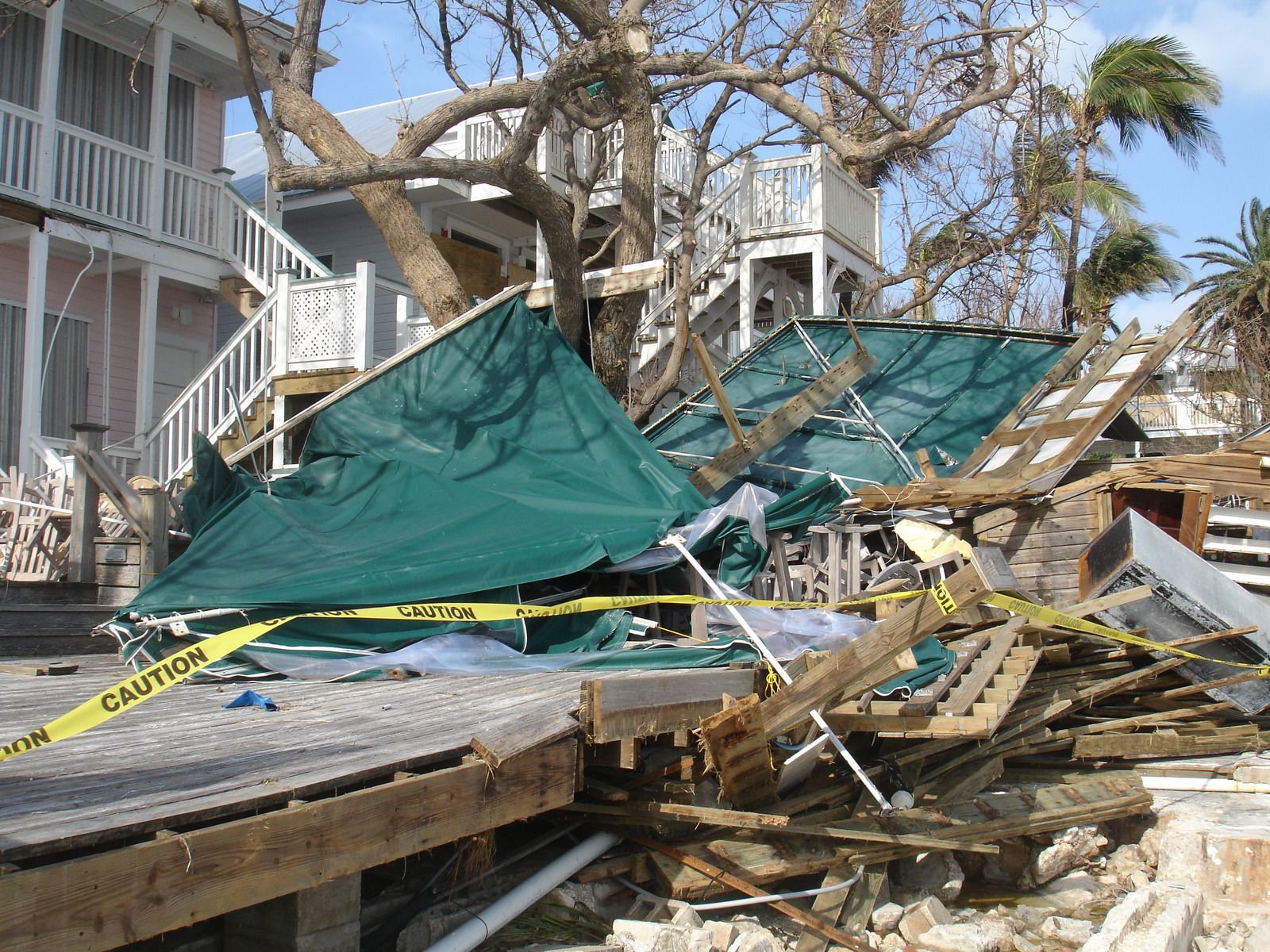
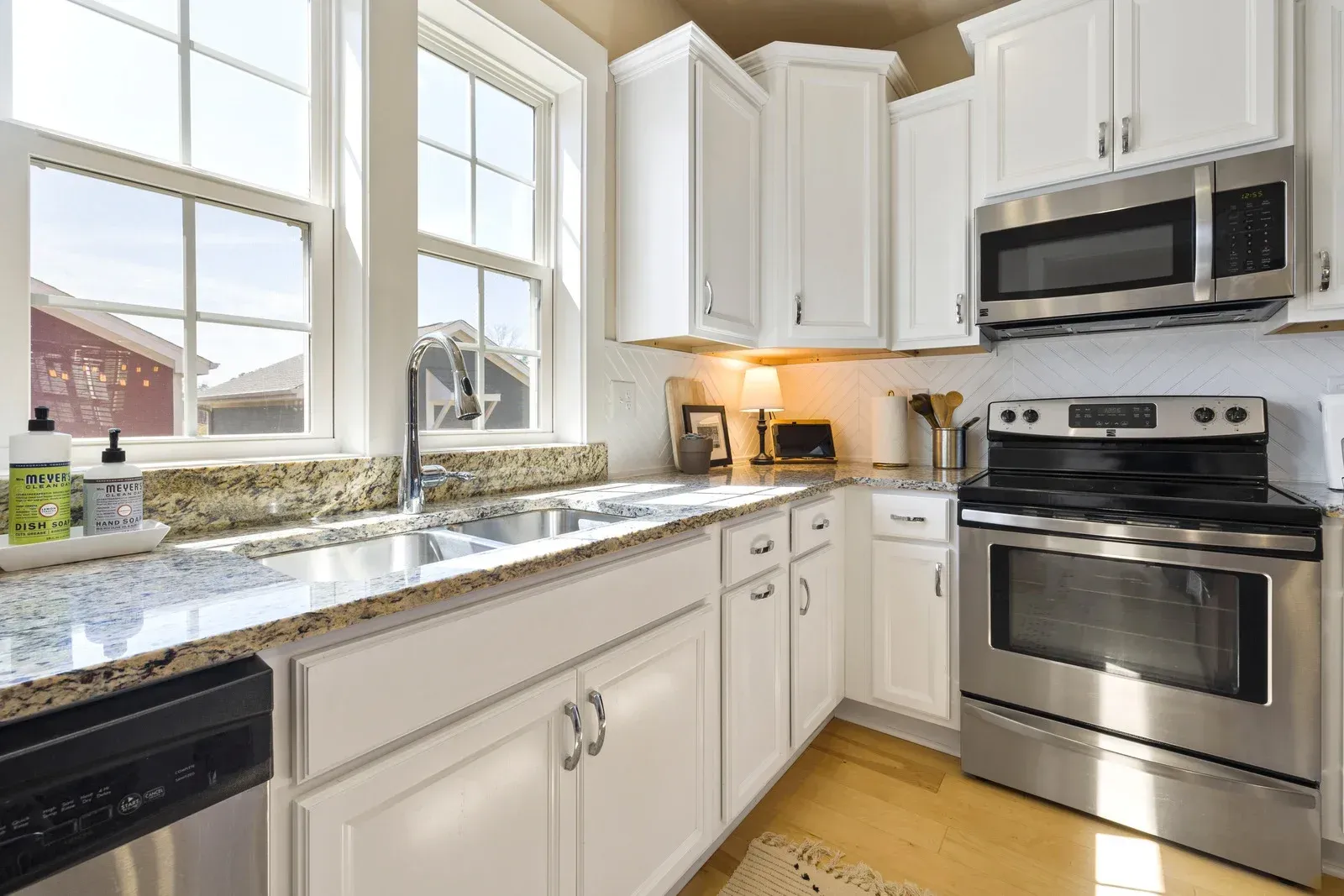
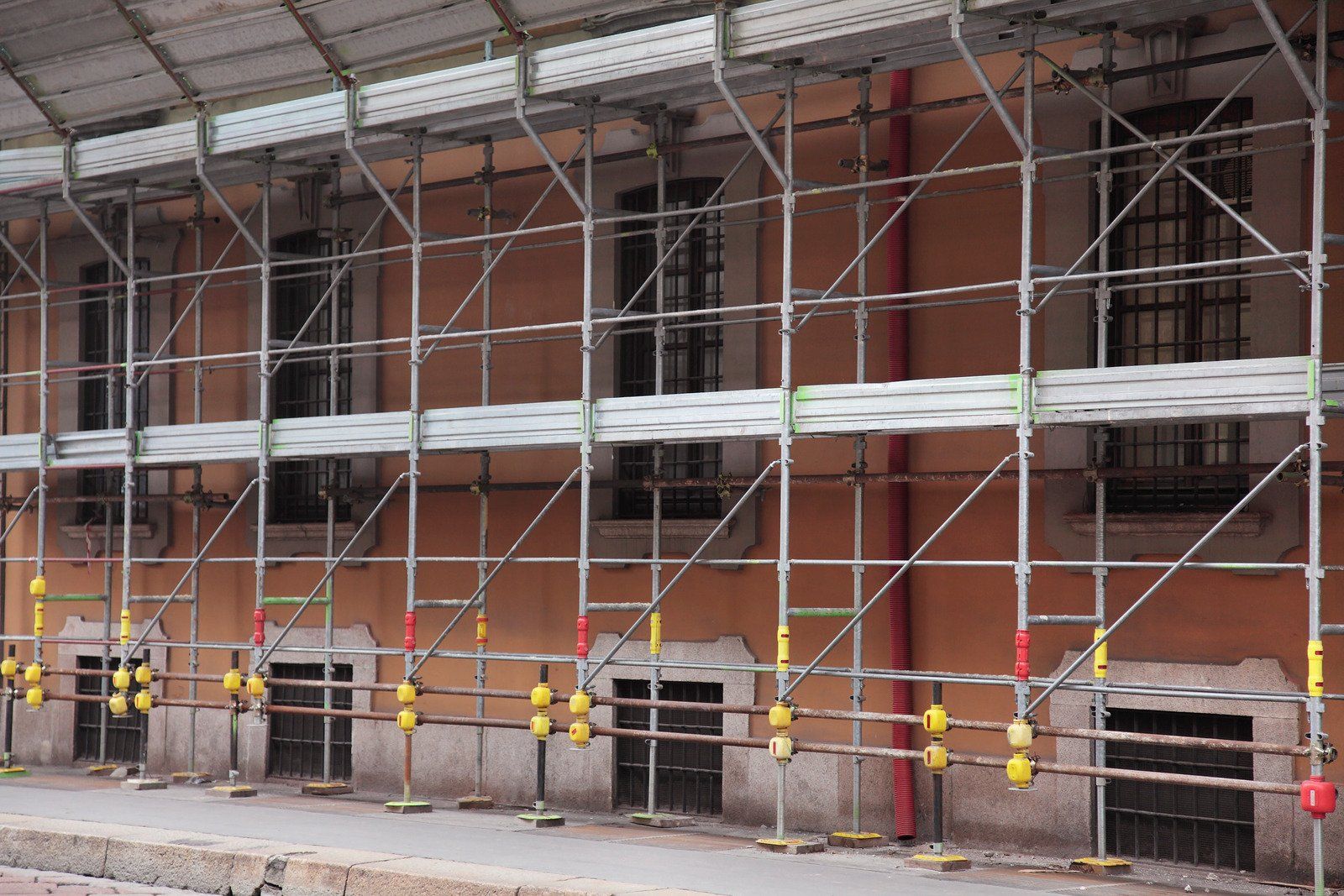
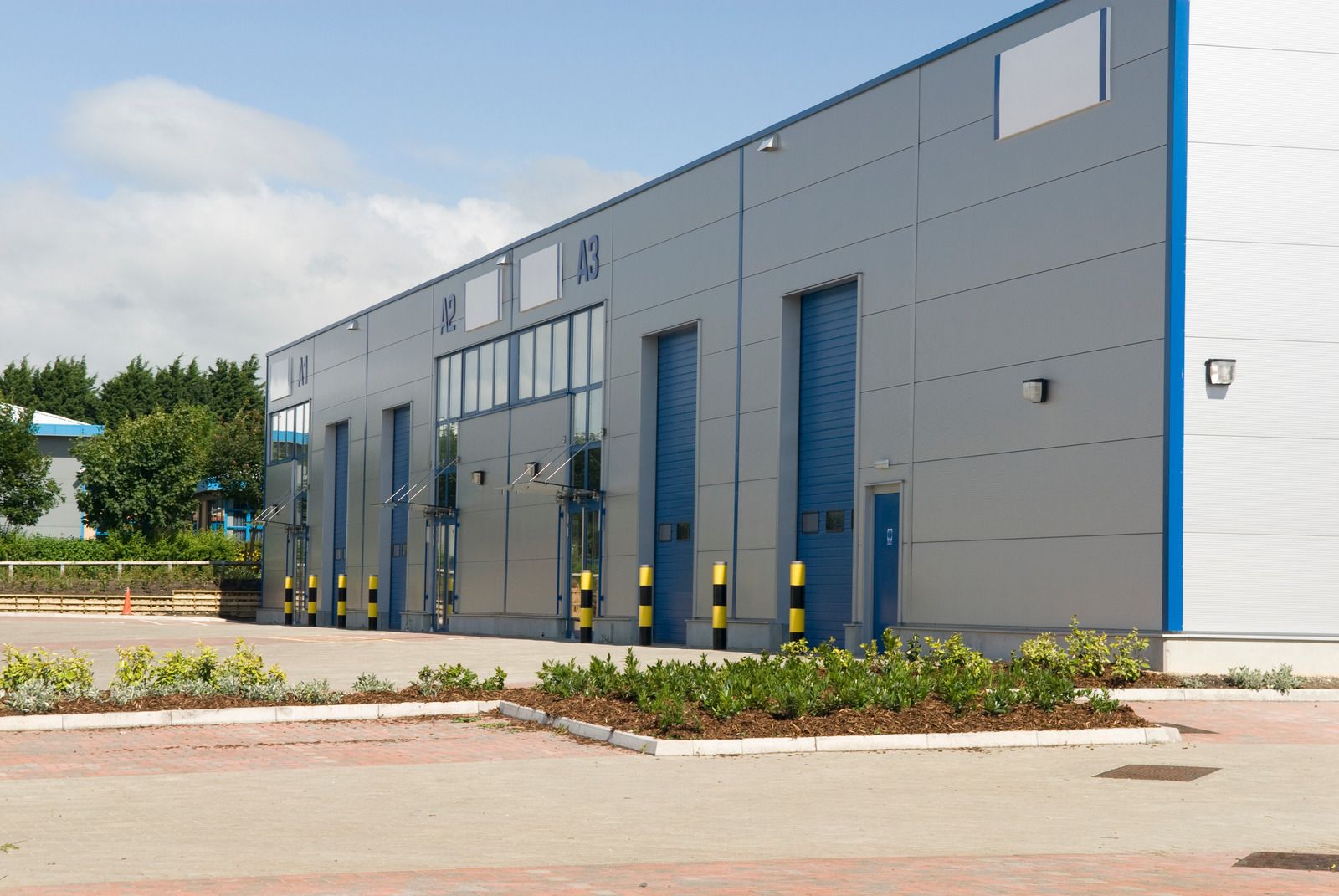
Service Areas
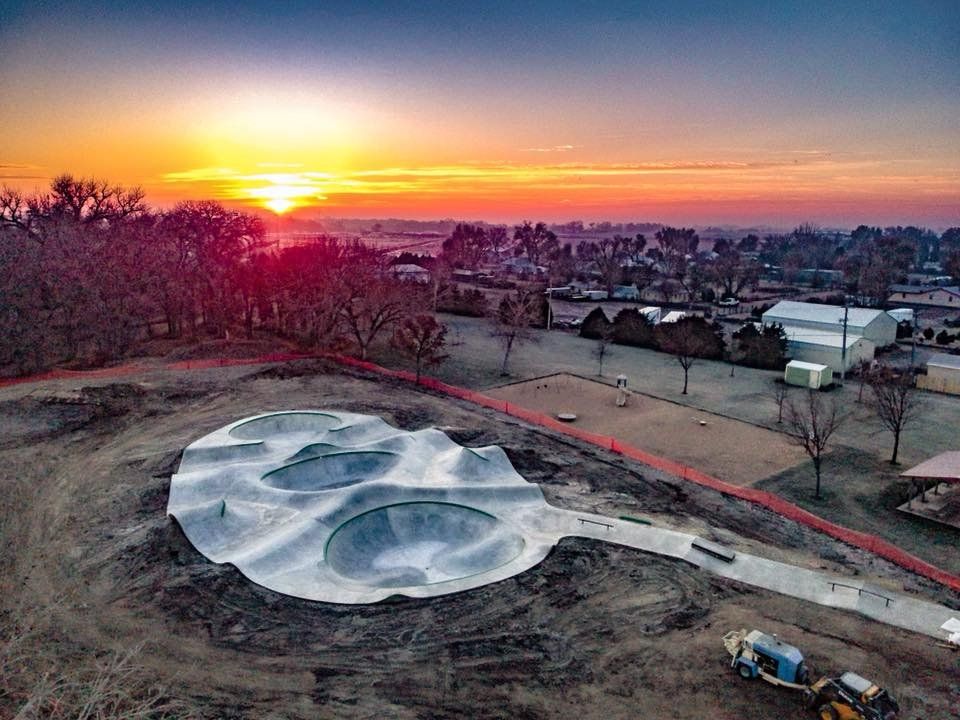
Slide title
Write your caption hereButton
6060 Greenwood Plaza Blvd. #400 Greenwood Village, CO 80111
© Colorado Western Construction, Denver, Colorado, 2025. All rights reserved.

